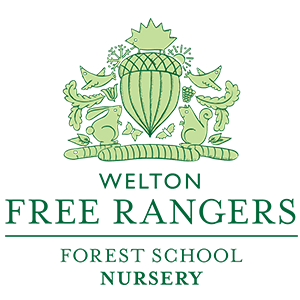As Gemma wrote about in this blog post space (and the use of it) is a key factor in children's play. The overall question that arises time and time again to my mind is: what is space? It is a question that I have been considering over the Summer months with particular emphasis on the way we use it in the garden. With such a large and open outdoor area we can lose sight of what space means to different children and how they create it, interact with it and define it. As adults we see having space as a vital component of our being, we often enjoy having the freedom to move and if we are cramped and cooped up for too long then we long for the chance to get out! However (as is often the case) children do not have the same response to space, quite possibly because they are still in a period of play and discovery with the idea, space becomes a plaything in its own right, something to bend , twist, form and explore as they see fit. I have to link this back to schematic thinking as well... I link pretty much everything back to it constantly if I'm honest!
Sometimes space is a physical construct that was put together by adults. It can be for work or for relaxing, it is defined by the height of the space, the width and the way we can move about it and interact with it.
Space is also the construct of a child or children, a desire to create buildings and balance blocks
Space can become cosying when it is small and snug but with a small change it can become vibrant and bombastic, the difference might be the amount of children (and the group drive), the way it is presented or the adults that are around.
Space can be the aim, the activity or the goal: the way a child interacts with their play.
Space can be 'stand up' or 'sit down', 'scrunch up' or 'spread out'
Space is defined by play and defines the play in equal measure.
We are always in a state of flux and our room and garden layout change regularly, with special provision for those children who may need more help accessing different parts of the setting. We always think about our areas, we always want our children to feel comfortable wherever they are, wherever they choose to be and wherever they create to be.
Tim
